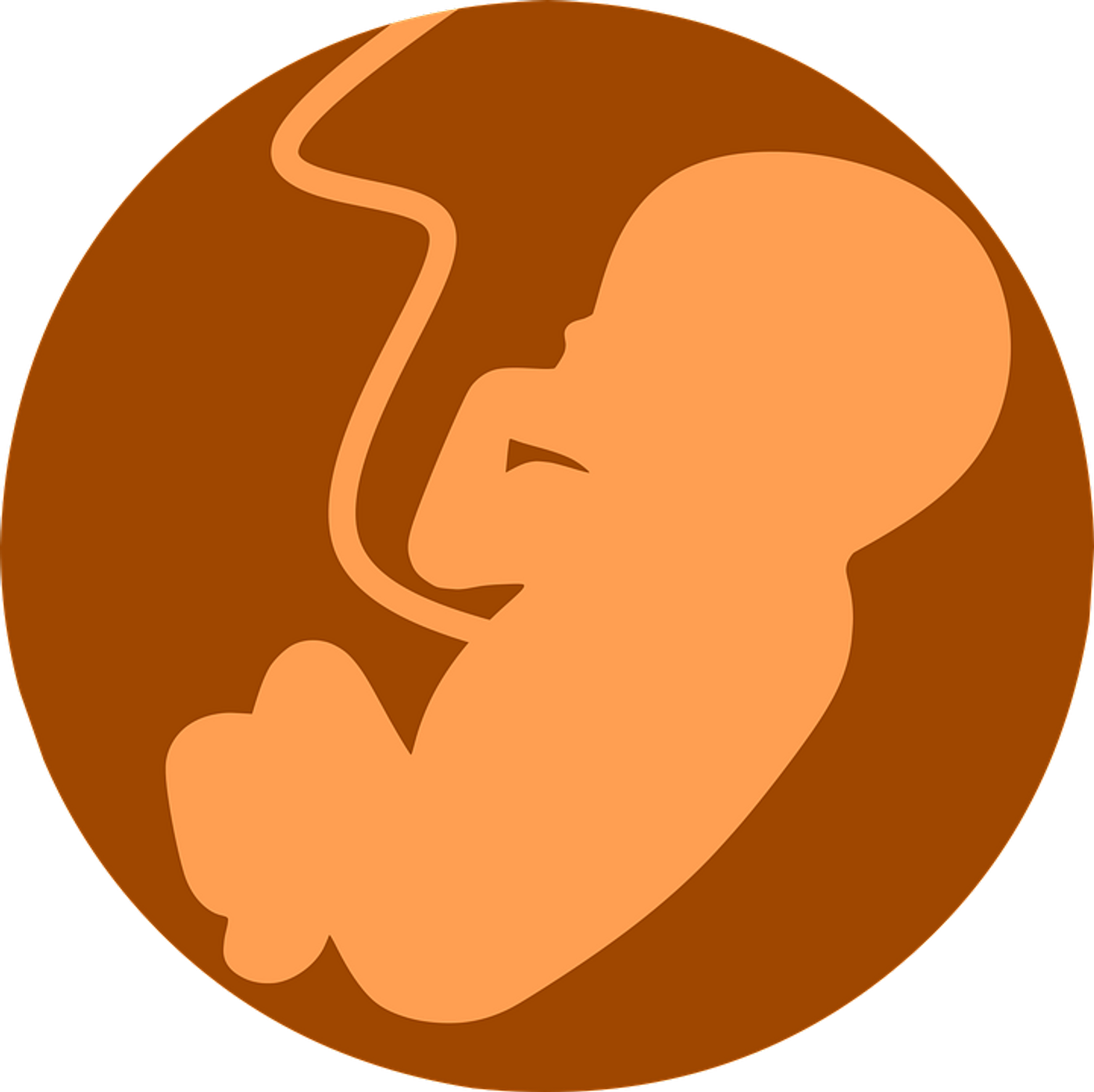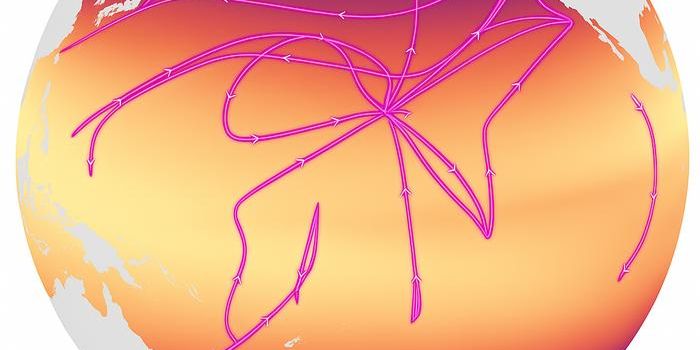Prenatal growth in human ancestors can be predicted from teeth
Human pregnancy has always been thought of as distinct from other animals. Some researchers argue that the obstetric dilemma—the larger-skull-to-smaller-hip ratio due to an increase in brain size and the need to support bipedal walking—is to blame. If the fetus’s head is too large to fit through the mother’s birth canal, then the fetus may be born prematurely, which could explain why human babies are born so helpless (of note: some dispute this idea). Research by Holly Dunsworth from the University of Rhode Island argues that the timing of childbirth may actually be due to the mother’s metabolism reaching its limit, rather than the so-called obstetric dilemma.
Most research surrounding the evolution of human childbirth focuses on when childbirth became so difficult, and whether that difficult birth has to do with relatively helpless babies. In a review of the evolution of childbirth, Dunsworth and Leah Eccleston write that the definitive timeframe for when human-like childbirth evolved remains unclear.
However, new research led by Tesla Monson from Western Washington University found that human-like gestation may have actually preceded the evolution of modern humans, which could be an important component for understanding human evolution. As expected, most research on the evolution of childbirth uses fossilized pelves and infant remains, though the fossil record for these elements is sparse. As such, relatively little is known about hominin (human ancestor) gestation and birth.
Monson and colleagues found that prenatal growth rates correlated with endocranial (the inner part of the skull) volume in living catarrhine species (monkeys and apes from Asia and Africa). They also found that the ratio of the lengths of the first and third molar teeth correlated with prenatal growth rates and endocranial volume. They then used these data to build a mathematical model that could predict fetal growth rates using fossil teeth. Teeth are relatively abundant in the hominin fossil record, and so the ability to predict fetal growth rates from them is especially helpful.
Based on their reconstructions, the team found that prenatal growth rates increased throughout the Miocene (23-5 million years ago) and Plio-Pleistocene (5 million years ago-11,700 years ago) which, together with the evolution of pelvic and cranial morphology, means that a human-like prenatal growth rate has been increasing throughout the last 6 million years ago, reaching human-like growth rates less than one million years ago.
Sources: Sapiens, Perspectives in Biology and Medicine, Scientific American, Annual Review of Anthropology, PNAS, New Scientist









